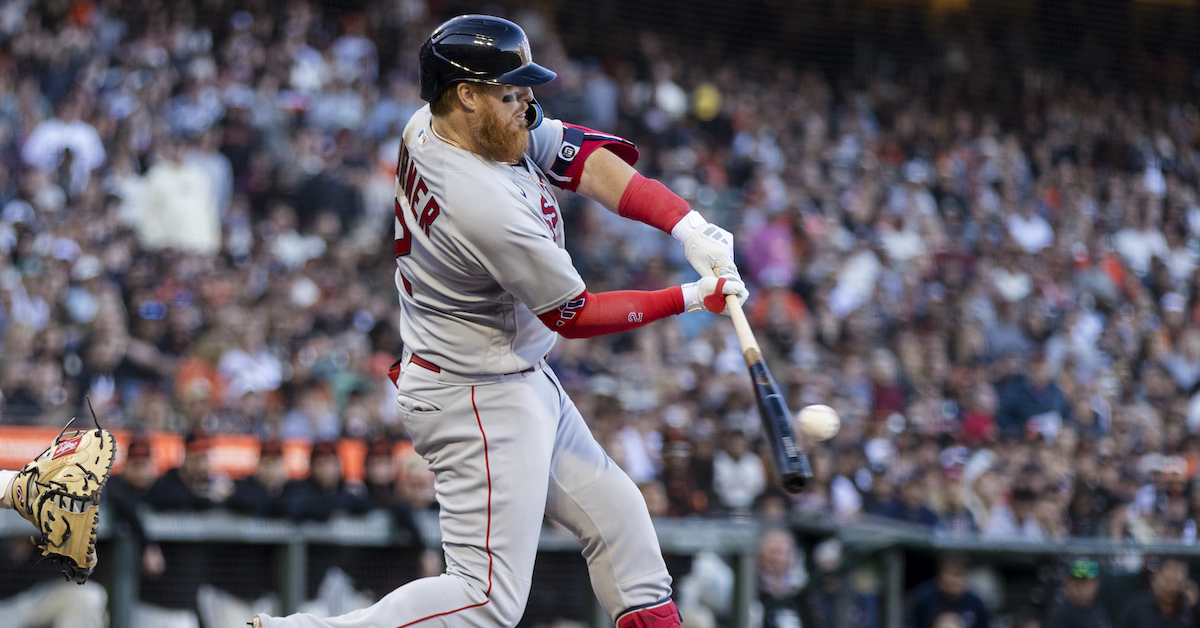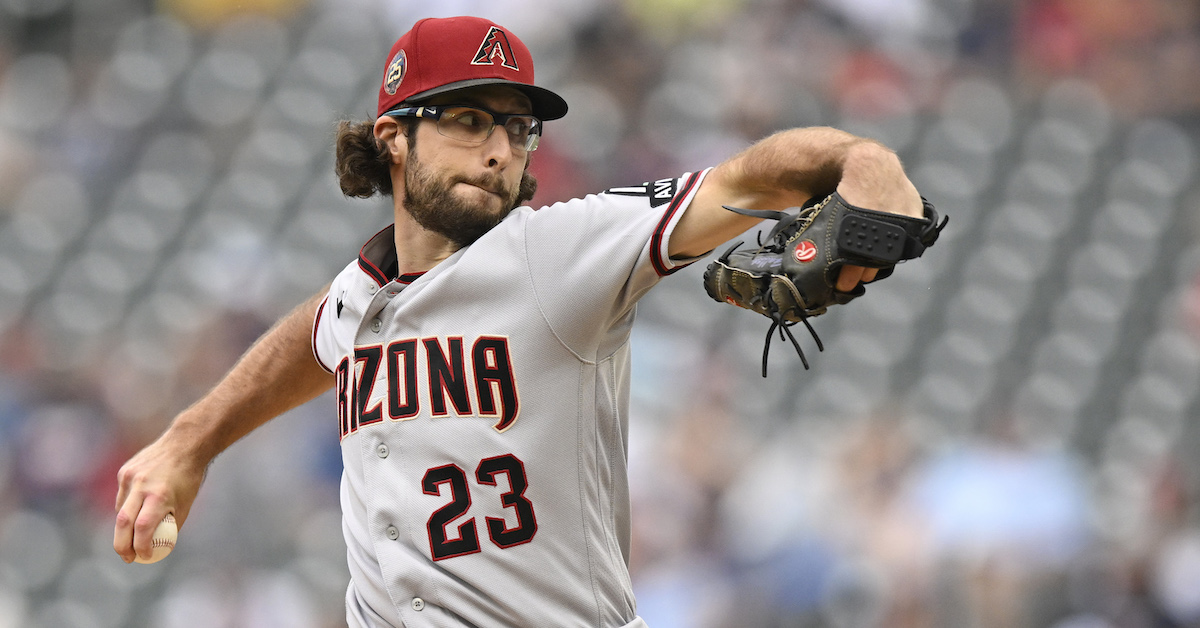Sunday Notes: Kenley Jansen Looks Back at the 2007 Great Lakes Loons
Kenley Jansen was a 19-year-old catching prospect in the Los Angeles Dodgers organization when he played for the 2007 Great Lakes Loons. Sixteen years and 417 saves later, he looks back at his time in Midland, Michigan fondly. The All-Star closer didn’t hit much — his conversion to the mound in 2009 came for a reason — but the overall experience shaped who he is today.
“I loved everything about that city, man,” said Jansen, a native of Curaçao who also called Midland home in 2008. “It was cold, but probably also my favorite city from my time in the minor leagues. We played at Dow Diamond and that place was packed every night. The fans were great. I lived with Rob Wright and Lori Wright — Danny Wright, too — and I don’t even consider them my host family anymore; they’re part of my family now. I didn’t play very well, but a lot of good things came out of that whole experience. Great Lakes helped transition me from being a kid to being a man.”
The 2007 season was also notable because of his manager and a pair of teammates. Longtime Detroit Tigers backstop Lance Parrish was at the helm of the Midwest League affiliate, the club’s primary catcher was Carlos Santana, and a teenage left-hander was the most-prominent member of the pitching staff. Read the rest of this entry »









